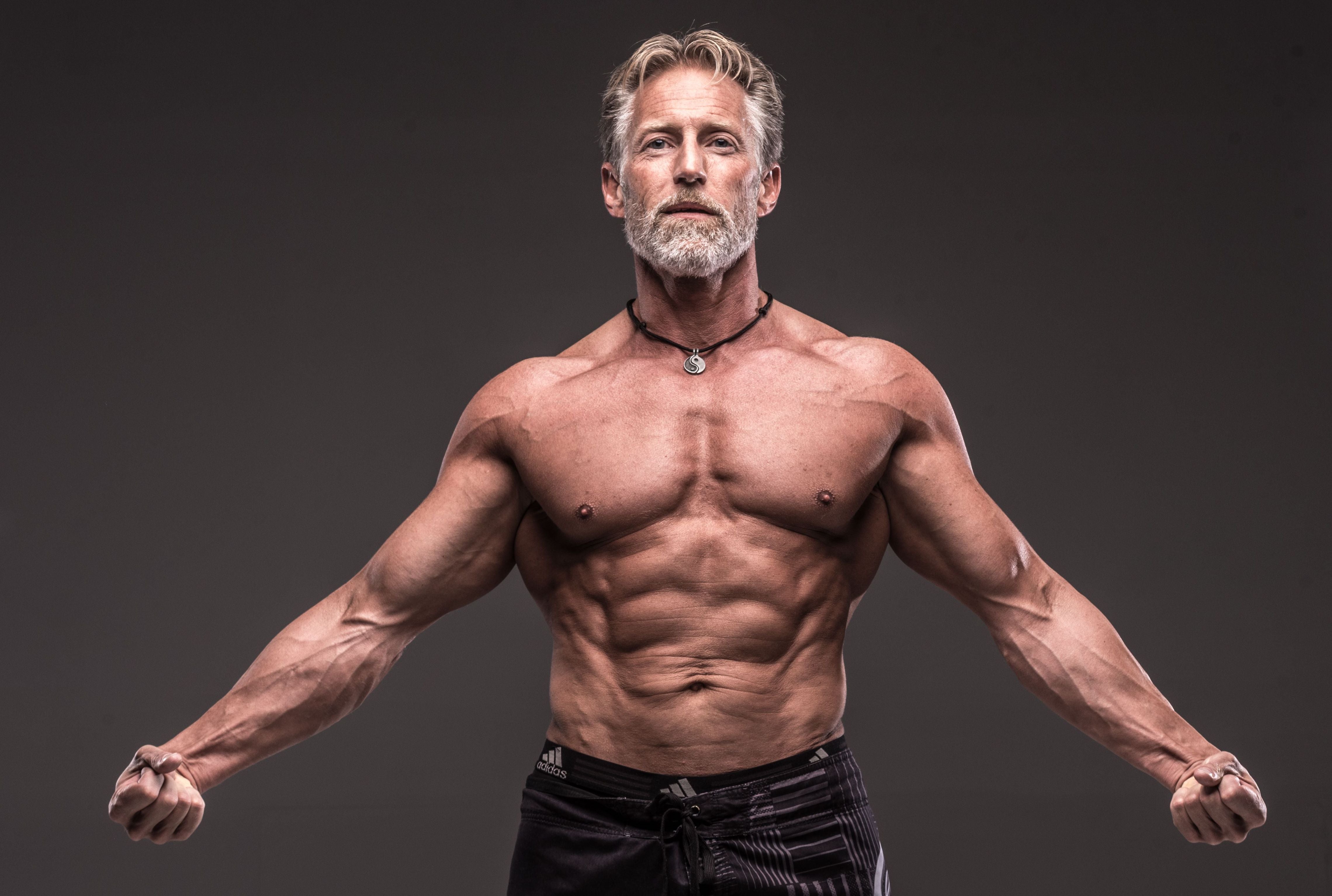5 ways testosterone affects our skin and signs of aging

The condition of our skin, and how fast or slowly it ages, is affected by many factors, including diet, lifestyle, and genetics. Our hormones also have a dramatic affect on our skin throughout our lives. Just think about the acne breakouts we suffer during our teenage years when hormones are at their highest!
Although we think of testosterone as male and estrogen as female, everybody has a balance of both male and female hormones inside them. The levels of each hormone vary from person to person. That means some women will have more testosterone than men, and some men will have higher estrogen levels than women. In general however, men have more male hormones compared with both their levels of female hormones, and with women.
What does that mean for our skin? There are a number of surprising effects that testosterone has on our skin that actually slow the signs of aging. And because men don’t suffer a sharp decline in hormone levels as they age (unlike women), they enjoy the benefits of testosterone’s anti-aging effects for longer.
Testosterone makes skin thicker

Testosterone is an androgen, which the collective name for male sex hormones. Certain cells in our bodies are primed to respond to androgen, and collagen is one of them. The more androgen in a person’s system, the more collagen they produce.
Collagen is an important protein that acts as a building block for many bodily structures, including hair, bones, muscles, and skin. It is used to make the supportive matrix that keeps skin plump and firm, so the more collagen you have, the less wrinkled your skin will be. This is one reason why men often show visible signs of aging later than women.
Testosterone increases skin oil production
Skin oil is called sebum, and it is made in sebaceous glands beneath our skin. Usually these glands surround hair follicles, and they are most numerous on our faces and heads. Sebaceous glands are androgen receptors, and high levels of testosterone encourage them to produce more sebum.
Although we don’t like having oily skin, it is good for us. Sebum contains lots of complex oils such as triglycerides and fatty acids that lubricate the skin and protect it from losing moisture. This means male skin is often better hydrated, which contributes to reducing the signs of aging. Although, of course, excess skin oil does cause one side-effect that nobody wants….
Men are more prone to adult acne

Because men produce more skin oils, they have a higher likelihood of suffering from acne well into adulthood. Acne is caused by pores and hair follicles getting blocked by sebum and dead skin cells. The production of excess sebum can slow the process of shedding dead skin cells (desquamation), which makes acne breakouts more likely. However it isn’t all bad news — sebum has antibacterial properties that combat some inflammation and help soothe irritated skin.
More testosterone = more acidic skin
Sebum is an important component of the skin’s acid mantle, its protective barrier against moisture loss and infection. Because men produce more sebum than women, their acid mantle is stronger and their skin usually has a lower pH as a result. This is good, because all our skin is naturally slightly acidic — between 4.7 and 5.75 pH (about the same as black coffee).
This mild acidity is important for supporting our skin’s natural flora, guarding against bacteria, and retaining moisture. So, once again, male skin tends to age slower than female skin because it has a stronger protective barrier against damage and infection.
Testosterone improves microcirculation

Scientists have long known there is a link between testosterone and blood circulation. Low testosterone levels are associated with stiff arteries and other circulatory problems. This effect can also be seen under our skin, in our microcirculation. This is the tiny network of capillaries that carries nutrients to our skin and removes waste. Men usually have more extensive microcirculation networks, and their skin gets extra nourishment as a result. While this can increase the chances of developing rosacea or other signs of circulatory dysfunction with age, it can also help skin look younger for longer.
In conclusion
Our hormones don’t just drive us crazy as teenagers, they have a lifelong effect on many different parts of our bodies. Androgen receptors in our skin cells and sebaceous glands mean testosterone levels can have a dramatic effect on the appearance of our skin, and how fast or slow it ages.